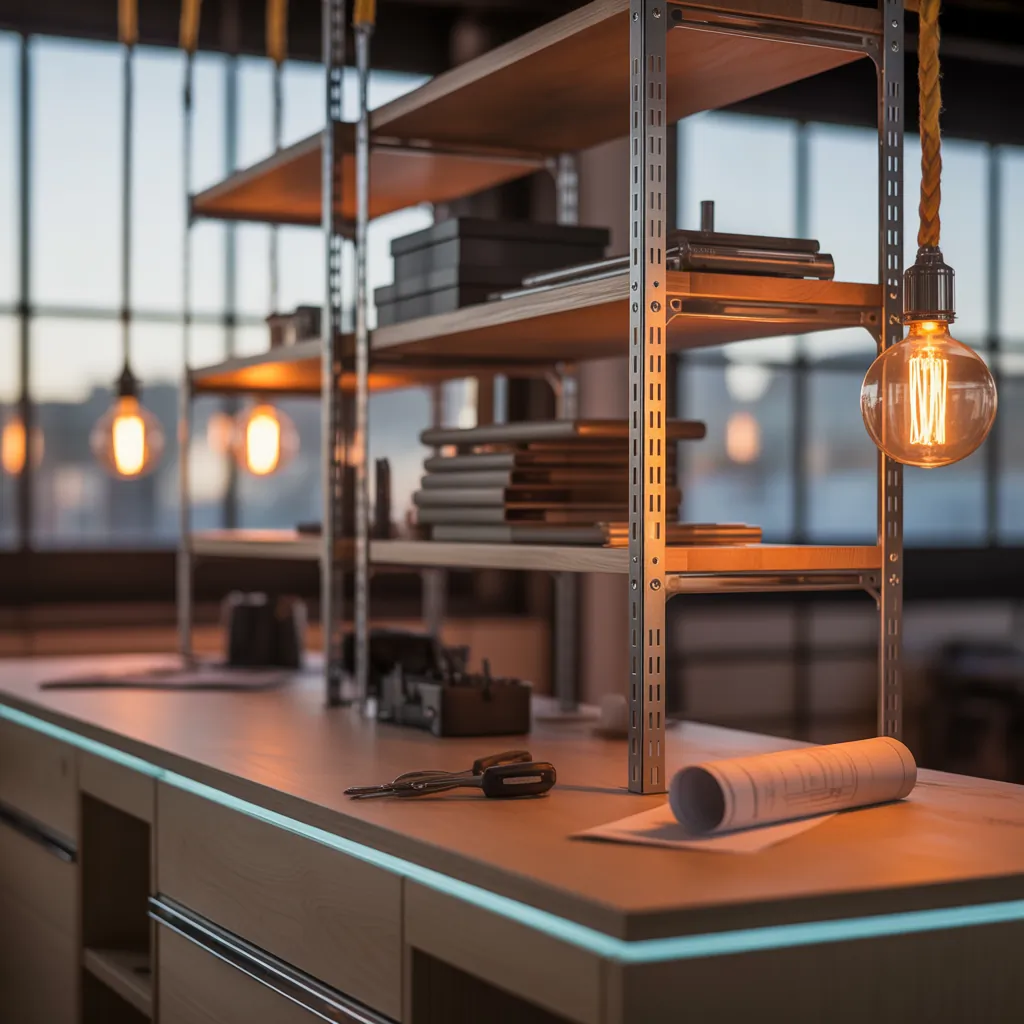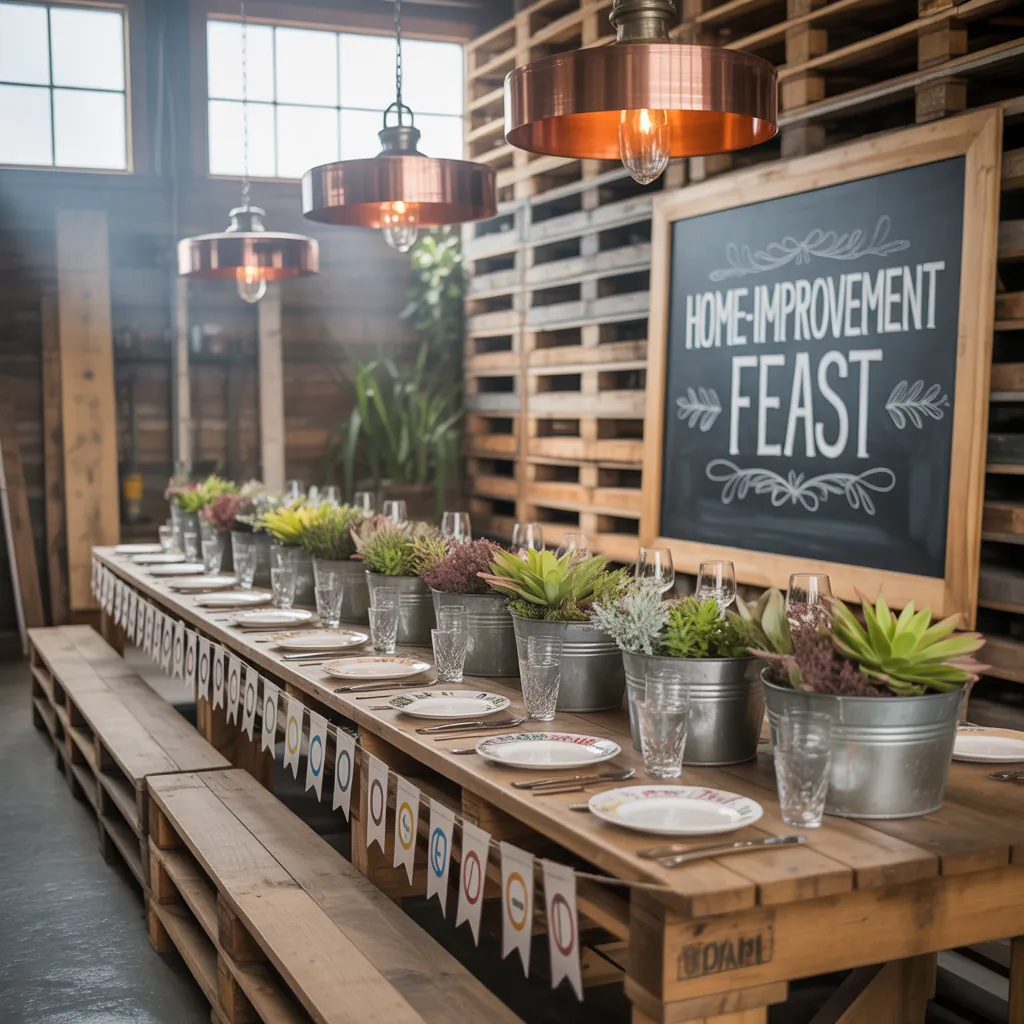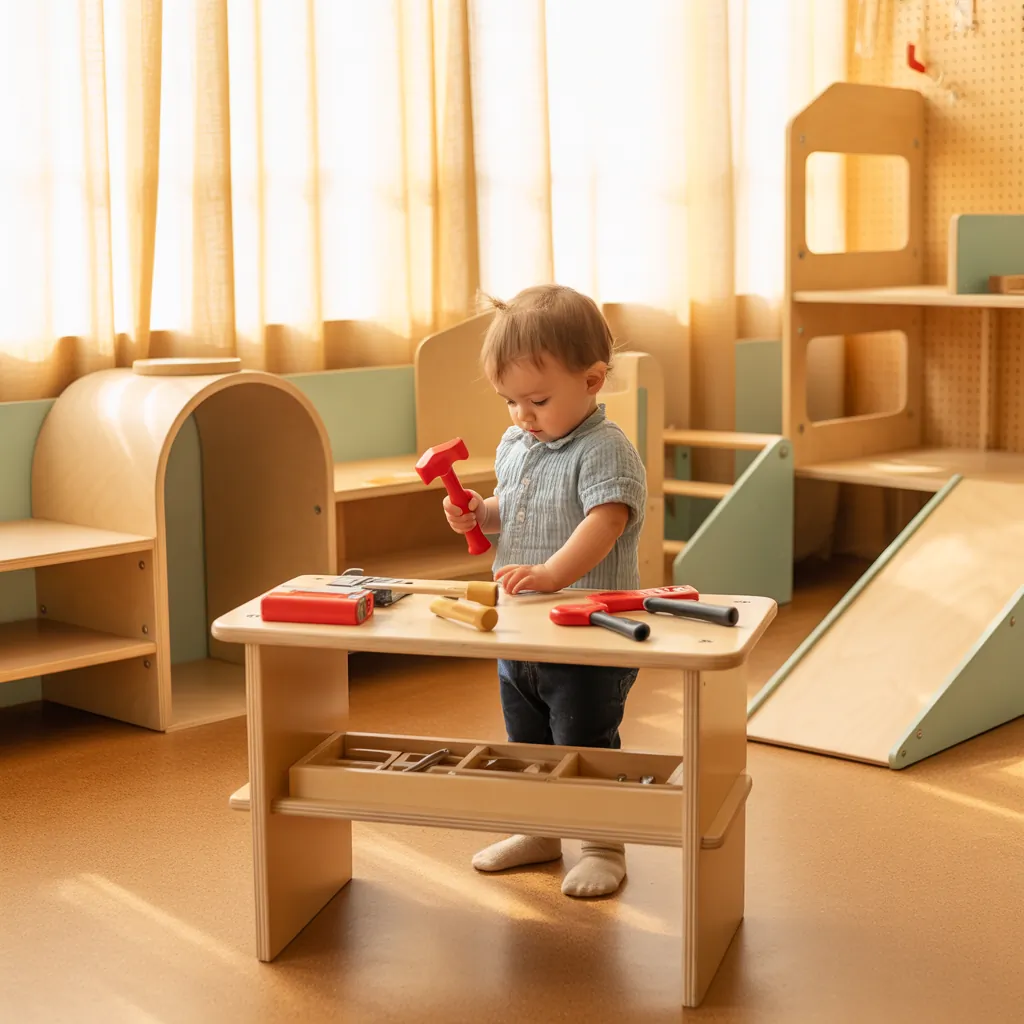Have you ever stood in your kitchen at 10 p.m., squinting at a recipe because the overhead light leaves shadows across your workspace? Or wandered into a dim hallway wishing the stairs had a softer glow? Cable lighting projects can solve problems like these with elegant, modern lines and flexible placement—often without the expense or disruption of new recessed cans. If you’re a home DIYer looking to upgrade lighting with a stylish, low-profile solution, this guide covers inspiration, practical steps, and safety tips so you can tackle your own installation with confidence.
Cable Lighting Projects: Why Choose Cable or Wire Lighting Systems?
Cable lighting—sometimes called wire lighting, cable track, or low-voltage wire suspension systems—offers several advantages over traditional fixtures. It’s lightweight, minimalist, and great for long spans (think kitchen islands, open-plan living rooms, and stairwells). Modern LED cable lighting projects are energy efficient, dimmable, and can be integrated into smart-home setups. They’re also ideal for renters when using plug-in kits or for homeowners who want a design-forward look without major rewiring.
Design Inspiration: Where Cable Lighting Works Best
Kitchen and Islands
Use a pair of suspended cable fixtures or a continuous linear cable with multiple LED spots to provide task lighting over a kitchen island. A slim, adjustable spotlight on a cable creates direct illumination where chopping and plating happen.
Gallery and Accent Lighting
Run a cable along the top of a wall to spotlight artwork or photos. Small adjustable heads let you aim light precisely, producing dramatic gallery-style effects without heavy fixtures.
Staircases and Hallways
Suspended cable lighting can create a soft, continuous glow down a stairwell or corridor. Use warm-white LEDs to add inviting ambiance and improve safety.
Outdoor and Pergola Lighting
Weather-rated cable systems can cross a backyard patio or pergola, providing string-like illumination but with more refined fixtures and integrated LEDs.
Practical DIY Tips Before You Start
- Plan your layout: sketch the run, measure ceiling height, and mark mounting points every 3–4 feet for support.
- Choose the right system: low-voltage (12V) cable lighting is generally safer and easier for DIY, while line-voltage systems may require an electrician.
- Check load and transformer sizing: total wattage of fixtures must match your transformer capacity to avoid dimming or overheating.
- Pick the right color temperature: 2700K–3000K for warm living spaces, 3000K–4000K for task-focused areas like kitchens.
- Use UL-listed parts and weatherproof components for outdoor installs.
Step-by-Step: How to Install a Basic Low-Voltage Cable Lighting System
Below is a straightforward workflow for many LED cable lighting projects. This is a general guide—follow manufacturer instructions for your specific kit.
- Gather tools and materials: cable lighting kit (transformer, cables, fixtures), drill, anchors, measuring tape, wire stripper, screwdriver, ladder, level, and fish tape if running through ceilings.
- Turn off power at the breaker if connecting to house wiring. If using a plug-in transformer, unplug during setup.
- Plan mounting points and mark them. Use ceiling anchors appropriate for drywall, plaster, or masonry.
- Install suspension points and attach cable tensioners or anchors. Keep cables taut but not overly tight—allow minimal sag for aesthetics.
- Mount the transformer near a power source. Connect the cables and fixtures to the transformer, following polarity and connection instructions.
- Install LED heads or pendants on the cable, spacing them according to your lighting plan.
- Test the circuit and adjust aiming, height, and spacing. Add a dimmer if compatible to dial in ambiance.
- Secure all connections and tidy excess cable. Label the breaker if you wired into household circuits.
Materials, Costs, and Difficulty
Basic plug-in cable lighting kits start around modest price points, while custom low-voltage systems with multiple fixtures and transformer upgrades can cost several hundred dollars. Expect materials to range from $100–$800 depending on length, fixture count, and brand. Difficulty is generally low–moderate: plug-and-play kits are beginner-friendly, while hard-wired installations or long-span outdoor systems may require an electrician. Budget for tools or rental if needed.
Smart Integration and Finishing Touches
Many LED cable lighting products work with dimmers and smart controllers. Consider installing a compatible in-line dimmer or a smart transformer to control scenes via an app or voice assistant. For aesthetics, choose fixture finishes—brushed nickel, black, or brass—to match hardware and taps. Conceal transformer housings in cabinets or closets if possible.
Real-World Advice and Safety Notes
- If you’re unsure about wiring, hire a licensed electrician—especially for line-voltage installs.
- Account for voltage drop for long runs—use thicker-gauge cable or distribute power from multiple transformer points.
- Test on a small section before committing to a full run so you can tweak spacing, temperature, and aiming.
- Keep fixture heights accessible for bulb or LED head adjustments and future maintenance.
Quick Project Ideas to Try This Weekend
- Mini kitchen refresh: install a single run of cable lighting with three adjustable heads over the island for focused task light.
- Reading nook: suspend a single pendant on a short cable for layered illumination over an armchair.
- Art wall: run a horizontal cable above a gallery wall with three to five micro-spotlights to highlight prints.
- Patio upgrade: install weather-rated cable strands across a pergola and add warm LED spot points for entertaining.
If you want project-specific plans, check out our pages on DIY projects, kitchen upgrades, and home design ideas for step-by-step guides and design inspiration.
Frequently Asked Questions
1. Are cable lighting projects DIY-friendly?
Yes—many cable lighting projects are designed for DIYers, especially low-voltage, plug-in systems. Kits include connectors and clear instructions. However, hard-wiring to house circuits should be done by a licensed electrician to meet code and ensure safety.
2. Can cable lighting be dimmed and used with smart home systems?
Most LED cable lighting systems are dimmable if paired with a compatible dimmer or transformer. Many manufacturers offer smart transformer options or compatibility with smart dimmer switches so you can control scenes via apps or voice assistants.
3. How long can a cable lighting run be before voltage drop becomes a problem?
Long runs can suffer voltage drop, which reduces brightness at the far end. The limit depends on transformer voltage, wire gauge, and total fixture wattage. As a rule of thumb, keep runs under 20–30 feet for thin-gauge low-voltage cable or use thicker cable and multiple power feeds for longer spans. Consult product specs for exact limits.
Conclusion — Ready to Start Your Cable Lighting Projects?
Cable lighting projects are a versatile, stylish way to upgrade the look and function of any room—whether you want task lighting over a kitchen island, dramatic gallery illumination, or inviting outdoor ambiance. With the right plan, tools, and a few practical safety checks, many homeowners can install attractive, energy-efficient systems themselves. If you’re ready to transform a space, pick a weekend project, gather a kit, and give it a try. Share your results or ask questions on our DIY projects page to get feedback and next-step ideas.



